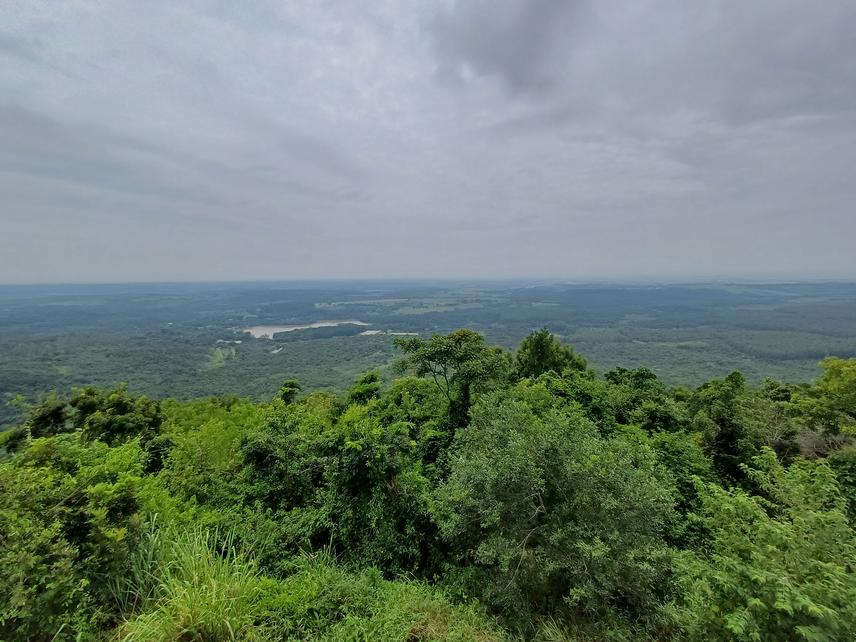Viviane Monteiro Silva Kupriyanov
Given the growing interaction between humans and natural environments, understanding the implications of this coexistence for biodiversity conservation is highly relevant. This study focuses on analysing the impact of anthropogenic noise on the fauna found in the Ipanema National Forest (FLONA), exploring the relationship between visitation rates and the spatial patterns of wild species.

Lookout point. ©Thiago Simon Marques.
Through passive acoustic monitoring, which is a non-invasive method, it is possible to assess the presence and activity of fauna, including rare and threatened species of birds and mammals, as well as exotic/invasive species. This research model can be replicated in other Protected Areas to determine levels of visitation that reconcile public use with biodiversity conservation. In addition, the research has the potential for long-term monitoring, understanding population dynamics, identifying emerging threats and implementing effective conservation and management strategies that prioritise the protection of natural ecosystems and their biodiversity. The information generated by this research will contribute to a better understanding of the impacts of public visitation on natural ecosystems and will guide conservation efforts towards sustainable tourism practices, assisting in the management of protected areas.
In addition, we will develop an Environmental Education programme with two schools near the Flona and with visitors to the Conservation Unit: the ‘Observers and Guardians of Nature Programme’, an initiative designed to reconnect people with nature by encouraging them to observe biodiversity - plants, animals, fungi etc. Participants will record their observations through writing or drawing, fostering a deeper understanding and appreciation of nature. The data can be shared via the iNaturalist app, integrating citizen science into the programme and promoting non-invasive observation practices.